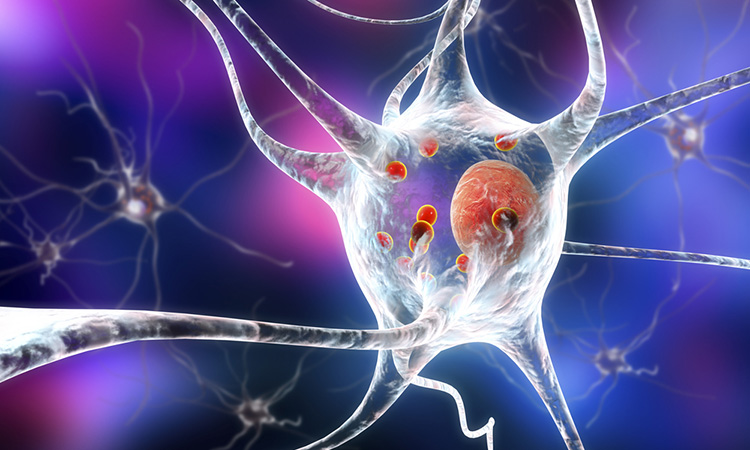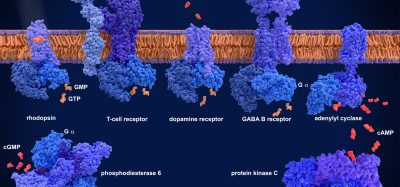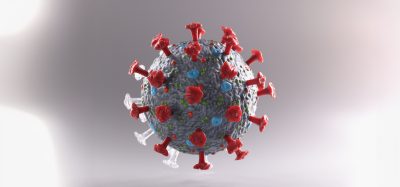Fibril ‘fuzzy coats’ boost Parkinson’s protein spread
Posted: 22 April 2025 | Drug Target Review | No comments yet
New research reveals that the flexible ‘fuzzy coat’ surrounding α-synuclein fibrils plays a critical role in how Parkinson’s disease spreads between brain cells.


Parkinson’s disease (PD) and Lewy body dementia (LBD) are two devastating neurodegenerative disorders that remain incurable and progressive, and effect millions of people worldwide. While an estimated 10 million people live with PD, the exact number for LBD, recognised as the second most common form of dementia after Alzheimer’s, remains uncertain. Both diseases are characterised by the presence of Lewy bodies, which are abnormal clumps of a protein called α-synuclein that accumulate in brain cells.
For years, scientific focus has centred on the rigid core of these α-synuclein fibrils, believed to be central to disease pathology. But now, new research by Dr Zhuohao HE and his team at the Shanghai Institute of Organic Chemistry, in collaboration with others, is shifting that focus. Their new study, published in Neuron, reveals that the flexible outer regions of the fibrils, dubbed the ‘fuzzy coat’, play a far more critical role in disease transmission than previously thought.
Two faces of the same protein
To explore how these protein structures spread in the brain, researchers used serial amplification experiments to mimic how pathological α-synuclein moves from neuron to neuron. They identified two distinct structural polymorphs of the fibrils: Mini-P, which has a compact fuzzy coat, and Mini-S, with a looser, more extended one.
Though both polymorphs share a similar rigid core, their fuzzy coats are markedly different in behaviour and function. The team used a suite of advanced techniques – cryo-electron microscopy, solid-state nuclear magnetic resonance, and hydrogen/deuterium exchange mass spectrometry – to study the fibrils. Their findings showed that subtle structural differences directly impact the fibrils’ ability to spread between brain cells.
Rather than focusing solely on removing all protein aggregates, a daunting and energy-intensive task, scientists could develop therapies that specifically target the fuzzy coat.
Mini-P fibrils, with their more compact fuzzy coat, showed significantly greater neuronal seeding activity. In other words, they spread more effectively from one neuron to another – a hallmark of disease progression in synucleinopathies like PD and LBD. This enhanced spread is linked to the fuzzy coat’s electrochemical properties: the compact structure of Mini-P masks some of the negative charges that would normally repel neuronal receptors, particularly heparan sulphate proteoglycans (HSPGs). As a result, Mini-P fibrils are more readily absorbed by neurons and are also more resistant to cellular degradation.
A new therapeutic target
This discovery has major implications for the treatment of PD and LBD. Rather than focusing solely on removing all protein aggregates, a daunting and energy-intensive task, scientists could develop therapies that specifically target the fuzzy coat. By altering its structure or interfering with how it interacts with the fibril core, it may be possible to disrupt the spread of these toxic proteins, slowing down the progression of the disease.
To validate their findings, the researchers used conformation-specific antibodies to distinguish Mini-P-like and Mini-S-like structures in brain tissue from patients with synucleinopathies. This suggests that the mechanisms they uncovered in the lab are indeed at play in human disease, reinforcing the potential of the fuzzy coat as a target for future therapies.
A paradigm shift in neurodegenerative research
This study marks a pivotal moment in our understanding of protein aggregation and its role in neurodegeneration. By turning the spotlight on the previously overlooked fuzzy coat, researchers are uncovering new dimensions of disease pathology which has the potential to lead to new novel therapeutic strategies. As the scientific community continues to research the complexities of these diseases, studies like this bring hope for more effective interventions in the future.
In the fight against PD and LBD, looking beyond the core may be the key to changing the course of these disorders.
Related topics
Molecular Biology, Neurosciences, Prions, Structural Biology, Translational Science
Related conditions
Lewy body dementia (LBD), Parkinson's disease (PD)
Related organisations
Shanghai Institute of Organic Chemistry







